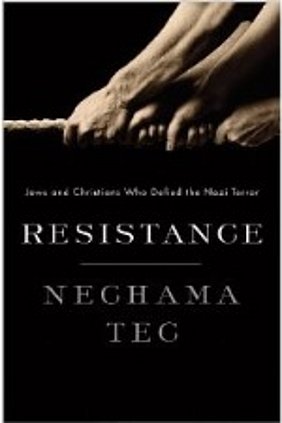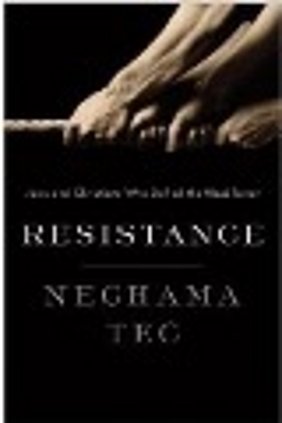Adding to Nechama Tec’s list of original and pioneering works, which include Dry Tears: The Story of a Lost Childhood, When Light Pierced the Darkness: Christians Rescue of Jews in Nazi-Occupied Poland (1982) and Defiance: The Bielski Partisans (1993), this latest work Resistance: Jews and Christians Who Defied the Nazi Terror, contributes to the growing scholarship on Jewish oppression and resistance in the Holocaust. Tec writes, “discussions about Jewish resistance are burdened by their close association to queries ... presented as facts, but in reality driven by unsubstantiated assumptions [such as] ... Jewish complicity” (p. 2). These ongoing assumptions are the driving force behind Resistance. In regard to determining not only whether resistance did indeed exist, but also how and in what forms it occurred, Tec finds that oppression, cooperation, topography, bases of operation, leadership, and time for conditions to mature were the key catalysts for resistance.
Tec briefly gives an overview of the scholarship on resistance during the Holocaust, concluding that there are “conflicting and contradicting conclusions ... [which] fail to produce clear-cut answers to many emotionally charged questions they raise” (p. 15). She suggests that the conclusions juxtapose Jewish passivity and complicity with active and courageous resisters; yet, “most Holocaust scholars fail to embrace fully either extreme” (p. 15).
Based on interviews of Holocaust survivors conducted by Tec, diaries and written accounts by survivors, as well as a vast amount of secondary sources, including the notable works of Hannah Arendt, Raoul Hilberg, Louis de Jong, Isaiah Trunk, and Ruben Ainsztein, Resistance is divided into six chapters that effectively exhibit Jewish resistance in the Holocaust. The chapters briefly portray Jewish resistance in the ghettos, in the mass executions in the forests of the East, in the concentration camps, by the women known as carriers, and finally through the personal account of Jan Karski--a Christian resistance fighter. Resistance is written primarily for a general audience rather than academia, as there is no new information for historians. This is, however, by no means a weakness; the book is excellently written and demonstrates that Jews did resist, which serves as a direct reproach to the aforementioned scholarship that has suggested that Jews were complicit in the Holocaust. Tec captivatingly describes the strategies, techniques, adventures, and dangers of resisting the Nazis. This resistance came in various forms, which often included the most fundamental of human relationships--friendship and companionship.
In addition, surviving, as Tec explains, was another pure and essential form of resistance, whether it was surviving to resist another day or enduring the war, defying the Nazis goal of extermination. According to various survivors interviewed by Tec, “luck, chance, and fate” were seen as being reasons for their fates (p. 191). Resistance offers an accurate insight into Jewish and Christian resistance during the Second World War and therefore will be of interest to historians and general readers alike. From this excellent work, readers come away with an understanding of the various forms of resistance as well as the impact of kindness, friendship, and companionship.



